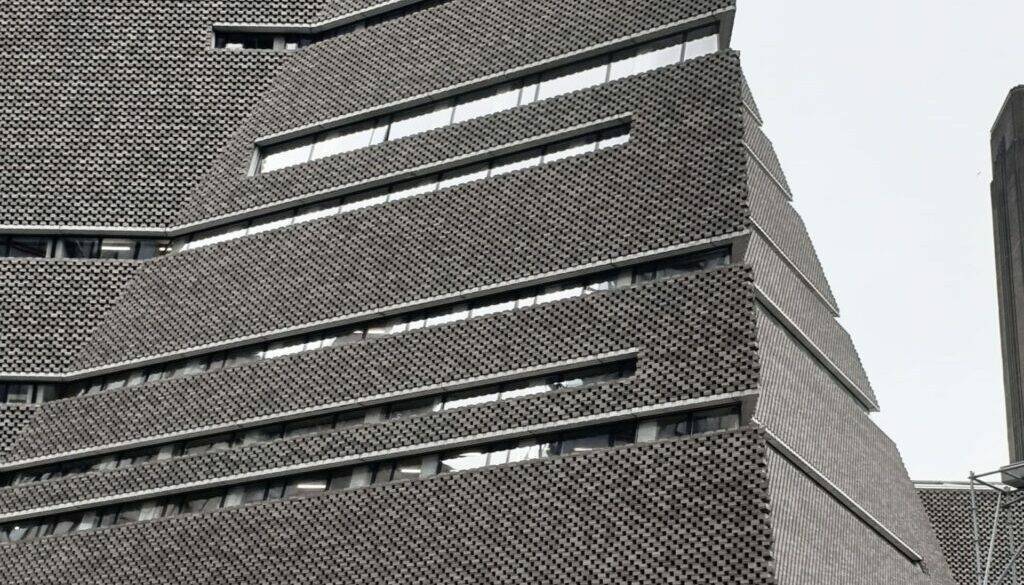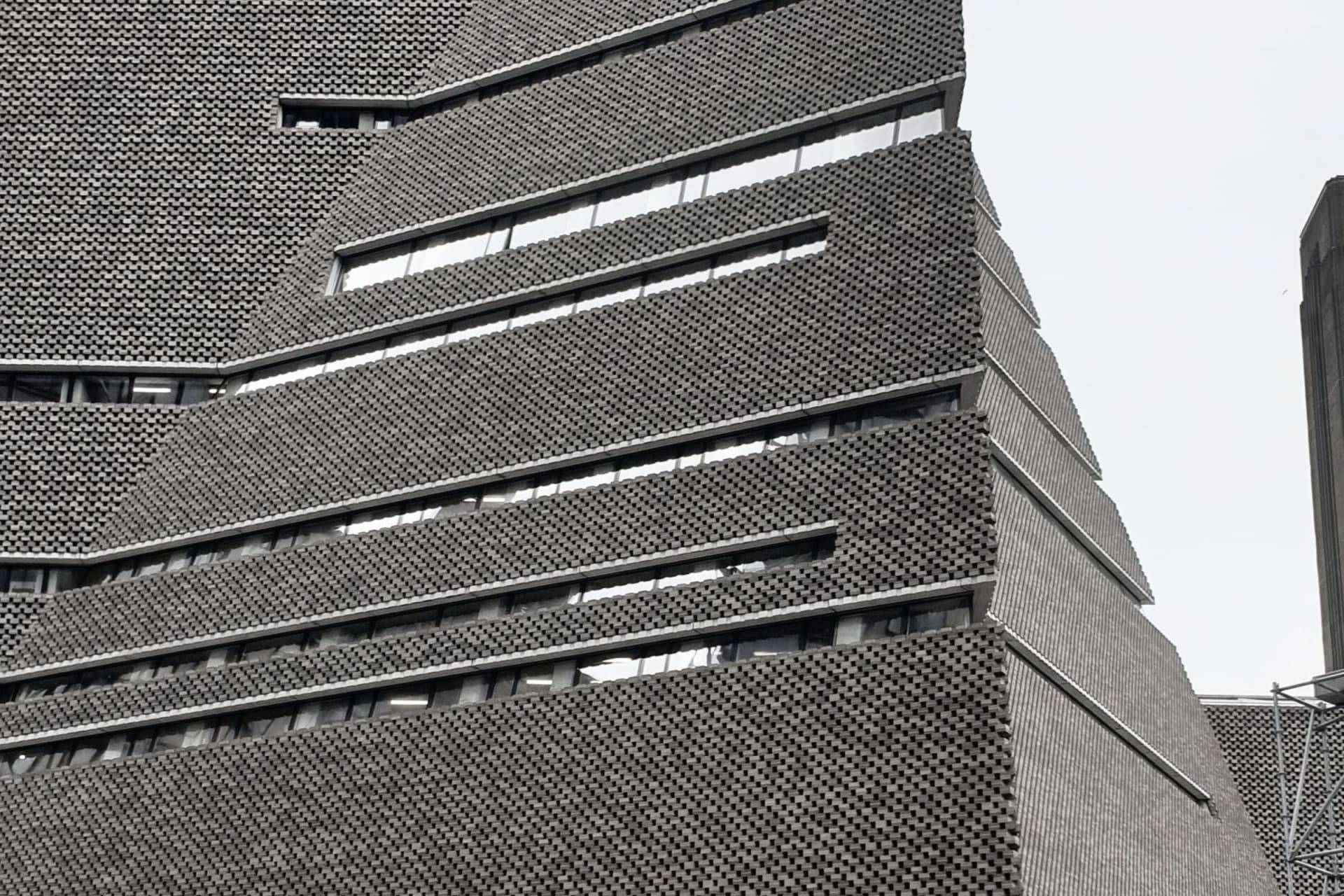No Photos Please: Tate Modern Reopens Viewing Gallery Amidst Privacy Controversy
The Tate Modern in London has finally partially reopened its top floor viewing gallery, which was shuttered during the height of the pandemic in 2020. But there’s a twist – the gallery now comes with several ‘no photos’ signs, a consequence of a privacy case won by residents of nearby luxury flats. These residents, who live in homes worth £2 million, celebrated a Supreme Court victory earlier this year, arguing that their privacy was being breached by gallery visitors.
The residents first applied for an injunction in 2017, requesting the Tate Modern to cordon off parts of the top floor platform. Initially unsuccessful, their fight continued through the courts. The situation changed dramatically in February 2023, when the Supreme Court ruled in favour of the residents. The owners had argued that the viewing platform violated their right to privacy as per Article 8 of the European Convention of Human Rights (ECHR).
Now dubbed ‘Level 10’, the gallery includes a small cafe and signage clearly stating ‘no photos’, albeit with a bit of a spelling gaffe (‘neigbours’ instead of ‘neighbours’). However, the south-facing section with prime views over the luxury flats remains inaccessible to the public, as a permanent resolution with the residents is still being sought. This ruling has been hailed as precedent-setting with Lord Leggatt stating that inviting members of the public to look out from a viewing gallery is not a necessary or ordinary incident of operating an art museum.
It’s a peculiar situation to say the least, and it has raised questions about how spaces like museums and galleries balance their public offerings with respect for neighbours’ privacy. Moving forward, all eyes will be on how this case influences the relationship between public institutions and private residences, and how it might shape future city planning.




